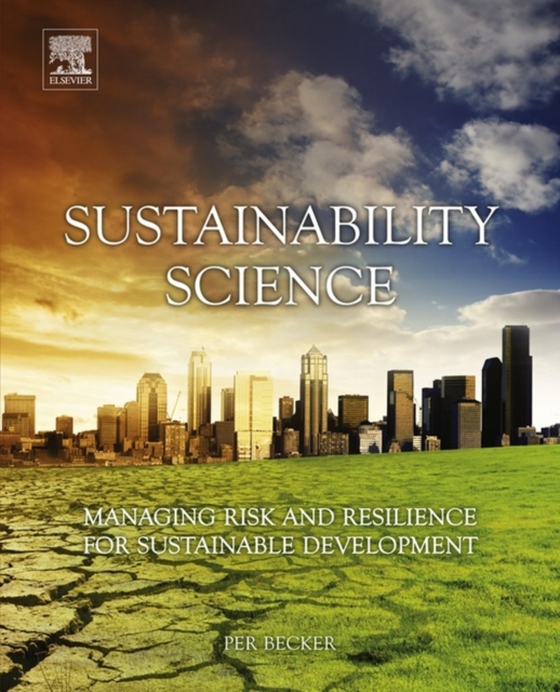
Sustainability Science e-bog
25,00 DKK
(inkl. moms 31,25 DKK)
A new, holistic transdisciplinary endeavour born in the 21st century, Sustainability Science: Managing Risk and Resilience for Sustainable Development aims to provide conceptual and practical approaches to sustainable development that help us to grasp and address uncertainty, complexity, ambiguity and dynamic change. Four aspects that permeate our contemporary world and undermine much of our tr...
E-bog
25,00 DKK
Forlag
Elsevier
Udgivet
23 juli 2014
Længde
302 sider
Genrer
RNQ
Sprog
English
Format
pdf
Beskyttelse
LCP
ISBN
9780444627292
A new, holistic transdisciplinary endeavour born in the 21st century, Sustainability Science: Managing Risk and Resilience for Sustainable Development aims to provide conceptual and practical approaches to sustainable development that help us to grasp and address uncertainty, complexity, ambiguity and dynamic change. Four aspects that permeate our contemporary world and undermine much of our traditional ways of thinking and doing. The concepts of risk and resilience are central in this endeavour to explain, understand and improve core challenges of humankind. Sustainability and sustainable development are increasingly important guiding principles across administrative levels, functional sectors and scientific disciplines. Policymakers, practitioners and academics continue to wrestle with the complexity of risk, resilience and sustainability, but because of the necessary transdisciplinary focus, it is difficult to find authoritative content in a single source. Sustainability Science: Managing Risk and Resilience for Sustainable Development presents the state of the world in relation to major sustainability challenges and their symptomatic effects, such as climate change, environmental degradation, poverty, disease and disasters. It then continues by elaborating on ways to approach and change our world to make it a safer and more sustainable place for current and future generations. The natural, applied and social sciences are woven together throughout the book to provide a more inclusive understanding of relevant processes, changes, trends and events. Shows how disturbances, disruptions and disasters have always been intrinsic byproducts of the same human-environment systems that supply us with opportunities, as well as what implications that has for policy and practice towards sustainable development today Introduces a new approach for grasping and addressing issues of risk and resilience in relation to sustainable development that is firmly rooted in a comprehensive philosophical and theoretical foundation and clearly linking the conceptual with the practical Presents a holistic agenda for change that includes a more explicit role of science, reinforced focus on capacity development and the overall necessity of fundamental social change Features more than 150 figures, full-color photographs, diagrams, and illustrations to highlight major themes and aid in the retention of key concepts
 Dansk
Dansk

